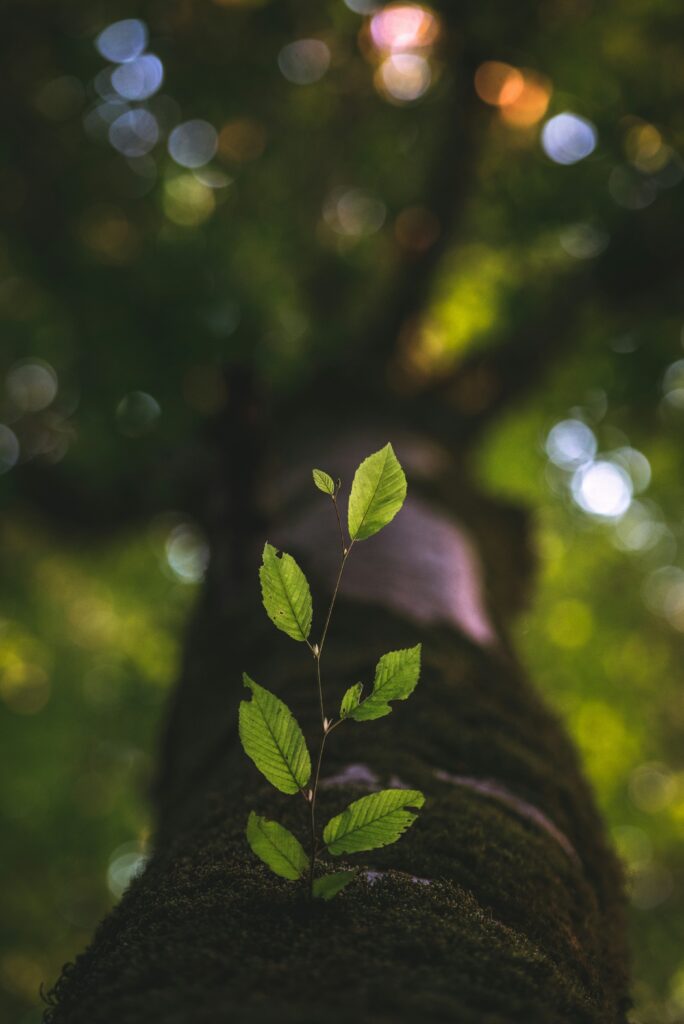
Over the past ten years, I’ve been in conversations with people from nearly every ideology. I’ve spoken to III Percenters and progressive activists. My goal has been to reduce bias and bigotry and help people see each other as human beings. Along the way, I’ve learned a lot—including the limits of my own understanding. Nearly every conversation has changed me, helped me grow.
In the bridge-building field, we often talk about our “theory of change.” It’s our best thinking about how to create meaningful transformation, based on human nature, our culture, and the realities of our time.
But lately, I’ve come to think we need a different name. “Theory of change” can sound like we’re trying to fix people—as if they’re projects. It sounds like others need to change and not ourselves. It can come off as a kind of aggression. And too often, it is.
At Paths to Understanding, we’re now proposing a shift in language and mindset—from a theory of change to a theory of growth:
People grow at the pace of relationship.
This applies to individuals, to groups, and to all of us, together.
We live in a moment when:
- Individuals and communities are deeply isolated.
- We often hear only the worst about each other.
- Many of us are losing hope for the future.
So we begin where people can grow:
- Meet Face-to-Face – We bring people together in person to build genuine human connection.
- Share Real-Life Experiences – We create space for honest conversation rooted in lived stories, not abstract debates or formal interfaith panels.
- Connect Group-to-Group – We focus on relationships between communities, not just between individuals.
This is our theory of growth in the face of the challenge we are in, which is:
Cultural Diversity + Social Distance = Distrust
Our growing cultural diversity, by itself, isn’t a problem. But human beings are wired to trust those in our in-group and to be cautious—sometimes even hostile—toward those who seem “other.” When we add historically high levels of isolation and group segregation, and the dehumanizing impact of social media, what begins as a natural tendency can spiral into a social crisis.
We think our theory of growth is a kind of human wisdom about what makes human beings tick and human societies flourish.
Trauma
But that’s just the beginning.
Almost everyone in our society carries some form of trauma—whether it’s something we’ve experienced ourselves or something we’ve heard about others. We’re awash in a sea of distrust. But not everyone carries the same kind or the same depth of harm.
Still, once we begin to know one another, relationship does its quiet work. Often, we begin to care for each other. Most of the time, we can’t help it.
That’s when we can go deeper:
- Listen to one another’s stories.
- Reflect on where our own biases came from.
- Learn our shared history—and how it shaped our divides.
- Begin to face and change the systems, structures, and cultures that hurt us all.
This is the work we’re doing. We are learning as we go. I know I am—every day, I become more aware of how much I still need to grow.
But here’s the thing about growth: it honors who we are.
Growth doesn’t reject our starting point.
Even when it’s disorienting or painful, it’s still an expression of life.
So, may we keep working on our theory of growth—and grow in the process.
We thank you for joining us in our growth, that we might be a part of the renewing of our communities, nation, and world.
